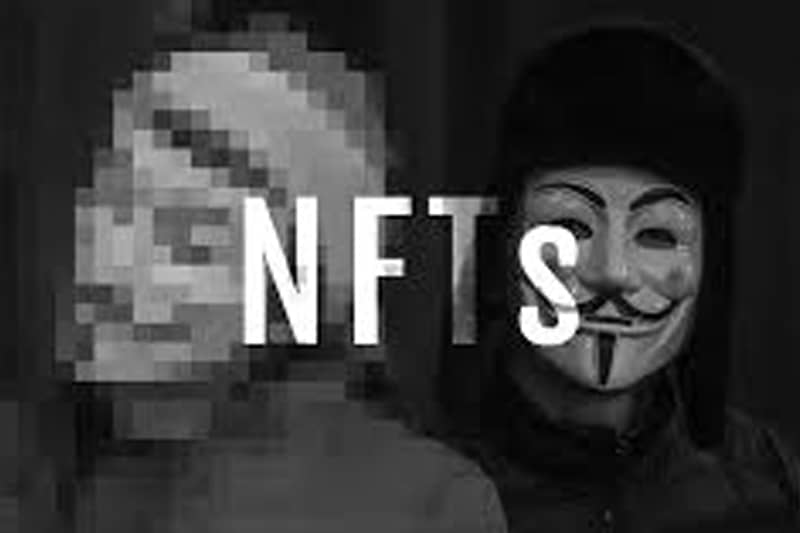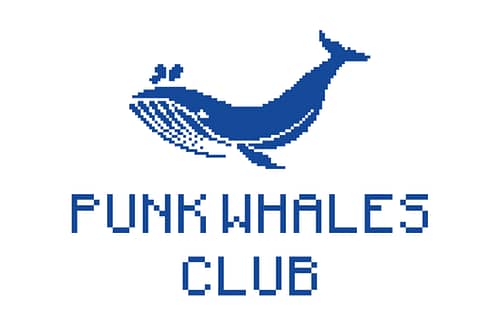Non-fungible tokens (NFTs) have the internet by storm, offering many exciting opportunities for creators and customers. Unfortunately, miracles that benefit society often come with many issues as well.
Scams, frauds, and plagiarism have always been a problem for the world of NFTs, but the issue had become much worse compared to the minor inconveniences it offered to creators and consumers in early 2021 when the rise of NFTs was first seen. The amount of theft and breaches of intellectual property rights has evolved from a few signals a day to hundreds or even thousands of pieces being stolen from multiple artists every single day.
Many blame the way OpenSea is designed to allow the creation of NFTs through “lazy minting,” which will enable NFTs to be sold without being written in the blockchain. Fees are paid only once an NFT sells, which creates a system that allows scammers to spam as many stolen items as possible with the intention of grabbing a profit through the negligence of somebody.
OpenSea is far from the only platform where “lazy minting” is allowed. Due to its popularity, OpenSea is the system in which such scams are happening. The system owners struggle to regulate and keep track of all potentially illicit transactions.
Those responsible for the rise in scams and theft are not just individuals but whole groups that have created bots and algorithms. The software can gather entire collections from artists’ galleries, mix them with auto-generated text and send them to be sold NFTs.
Take the viral case of Aja Trier as an example, just like any other artist, she has had experience with people ripping her art off through many forms of merchandise without paying back. If you thought this was horrible, then you’d be shocked at how her paintings styled after Vincent Van Gogh were turned into more than 86 000 NFTs.
86 thousand times people have stolen my art and listed them on @opensea and they even had the gall to make a collection like a giant middle finger to my IP rights. Wtf?#nft #arttheft #opensea #infringement #nftcommunity pic.twitter.com/LY5Jxb2N2r
— Aja Trier (@AjaArt) January 5, 2022
“I’ve seen other artists deal with NFT theft, but not to that extent. People said that they’d never seen it at that scale.”
Trier commented on The Verge.
Artists have a limited arsenal of tools to protect themselves. One of them is Protect, created by DeviantArt, it’s an image recognition tool that notifies users when a copyright infringement happens, and their artwork is seen in NFT marketplaces. The problem is that recognizing your art has been stolen doesn’t mean you will find justice.
Artists can request a takedown under the Digital Millennium Copyright Act (DMCA), but this is a tedious job. It requires a lot of legal paperwork and a separate complaint about each instance of fraud committed against the artist.
Some artists, such as Lois Van Baarle, a very popular Dutch illustrator, have managed to find support from OpenSea after having more than 100 of his artworks stolen. Other artists with little to no following and no way to generate support in social media haven’t had Lois’ luck.
OpenSea has faced a lot of backlash and has decided to take some measures. One of which is to remove the free listing tool, because according to them, “Over 80 percent of the items created with this tool were plagiarized works, fake collections, and spam.” This was a short-lived change as the update was rolled back after many NFT creators were dissatisfied with the change.
The current steps OpenSea is taking are related to delisting and banning accounts that are traced to illicit activities. The company is “actively expanding our efforts across customer support, trust and safety, and site integrity.”
Fortunately, when the tech giants and creators are struggling to make the necessary structural changes, people from the community are always willing to lend a hand. Take the instance of Mert Hilmi Iseri, who wants to automate and simplify the process of takedowns by creating SnifflesNFT. This image recognition software issues takedown requests automatically on behalf of the artists.
The first step artists can do to protect their work (and protect their fans) is to publicly state:
“I don’t sell NFTs. If you see any of my art on an NFT marketplace, don’t buy it. Please share the URL with me so I can report it.”
— NFT thefts (@NFTtheft) December 27, 2021
Other marketplaces have taken alternative approaches. Raible has created a verification system around humans supervising creators and sellers by encouraging them to connect their Rarible profile with their social media. This means that people who perform fraud are directly tied to a source that can be traced, and customers are allowed to buy NFTs only from legitimate sources.
Raible told the Verge that since this policy was rolled out in early 2021, copyright crimes have dropped more than 90 percent. According to the CEO of Rarible, “It’s very hard to buy from an unverified creator on Rarible.”
Artists are making an active effort to support one another and create communities that lend assistance when a crime is committed against one of them. Some have actively called for a class-action lawsuit against platforms like OpenSea with the accusation that they are “encouraging and profiting from a continued and persistent practice of infringement.”
For the time being, OpenSea may be safe because it’s protected from liability as long as OpenSea follows the DMCA, according to which they bear no responsibility for copyright infringement happening on their platform.
Even if artists can’t come together to take down platforms for the lack of adequate measures to protect them, it doesn’t stop the public backlash that may drive their shares and revenue down. There’s no demand with a lack of customer support, and the platform loses its market value.
Trier, who OpenSea’s negligence has wronged, claims that “OpenSea has bastardized the entirety of what NFTs are about for artists” and that “On OpenSea, it’s a Wild West.”






